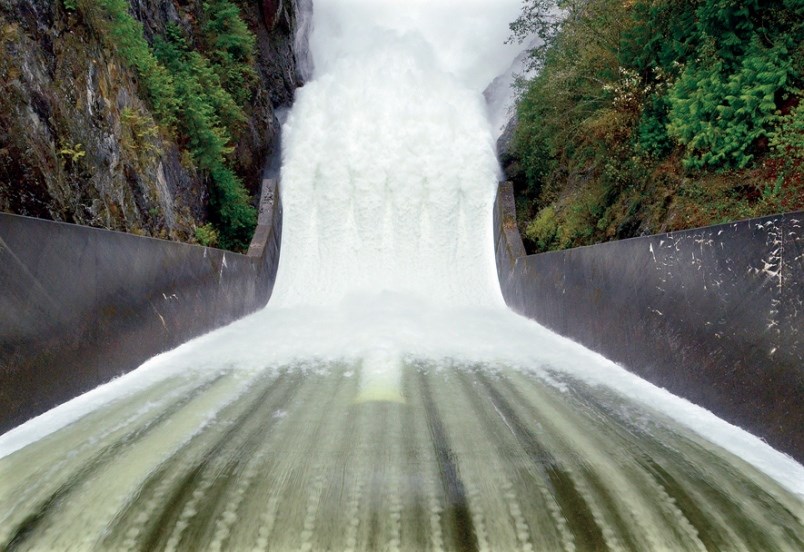B.C.’s auditor general says there is a potential risk to public safety in the province because a government program meant to oversee dam safety has not been working.
“Our audit concluded that the ministry has not effectively been overseeing the safety of dams,” said B.C.’s Auditor General Michael Pickup at a press conference Tuesday afternoon.
Pickup said the whole reason the oversight program exists is to manage risk posed by dams. “We found they’re not doing that.”
In a report, the auditor general’s office examined whether the Ministry of Forests, Lands, Natural Resource Operations and Rural Development has effectively overseen the safety of dams in B.C.
The audit looked at the ministry’s oversight of 1,900 regulated dams, including those on the North Shore that regulate the Lower Mainland’s water supply as well as many smaller dams throughout the province.
Provincewide, the report pointed to a number of problems. Ministry staff didn’t verify or enforce dam owners' compliance with key safety requirements, and didn’t include some dams that should have been subject to ministry oversight, according to the report.
Many dams didn’t meet regulatory requirements, and owners didn’t make improvements, according to the report. That included 87 high-risk dams with significant deficiencies that had not fixed their safety problems for 7.5 years, on average.
The auditor's report did not provide details of reports into specific dams.
Since the early 1900s, there have been two recorded fatalities in B.C. from structural dam failures, in 1912 and 1948, according to Pickup’s report.
The most recent fatal dam incident, in October 2020, was at the Cleveland Dam in North Vancouver. An operational failure led to an uncontrolled release of a large volume of water through the dam’s spillway, flooding the Capilano River and killing two men fishing downstream of the dam, who were swept away.
The BC Coroners Service classified one prior fatality at a dam that resulted from public activity around the dam.
The ministry does not have a process by which staff could assess whether owners are exercising reasonable care to avoid the risk of significant harm to the public around dams, according to the report and public safety around dams was not included as an item in the audit checklist.
However, notes showed that staff sometimes raised the issue – noting the need for signs warning the public not to swim at a dam, for instance.
Among the other problems noted by the auditor: At least 196 dams that should have been regulated were missing from records. There is also no provincewide process to identify dams built without authorization. Almost two-thirds of dam records sampled were also lacking key information.
Lack of staff time was cited by those charged with overseeing dam safety. Of the 10 officers assigned to the job, seven have other duties and don’t work full-time on dam safety, wrote Pickup.
The auditor’s report included nine recommendations focused on improving monitoring of dam safety, which have all been accepted by the ministry.
But Pickup noted those responses are light on detail and timelines.





